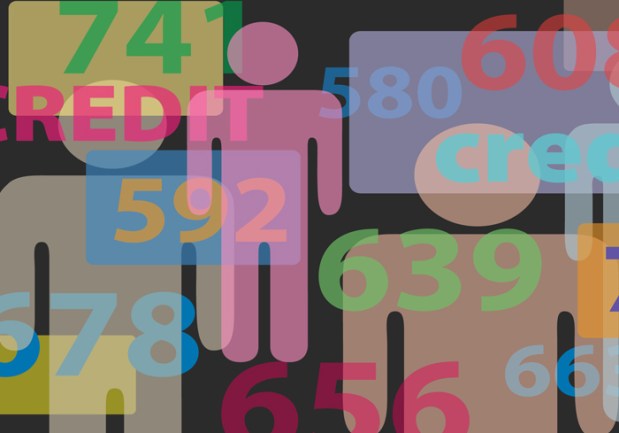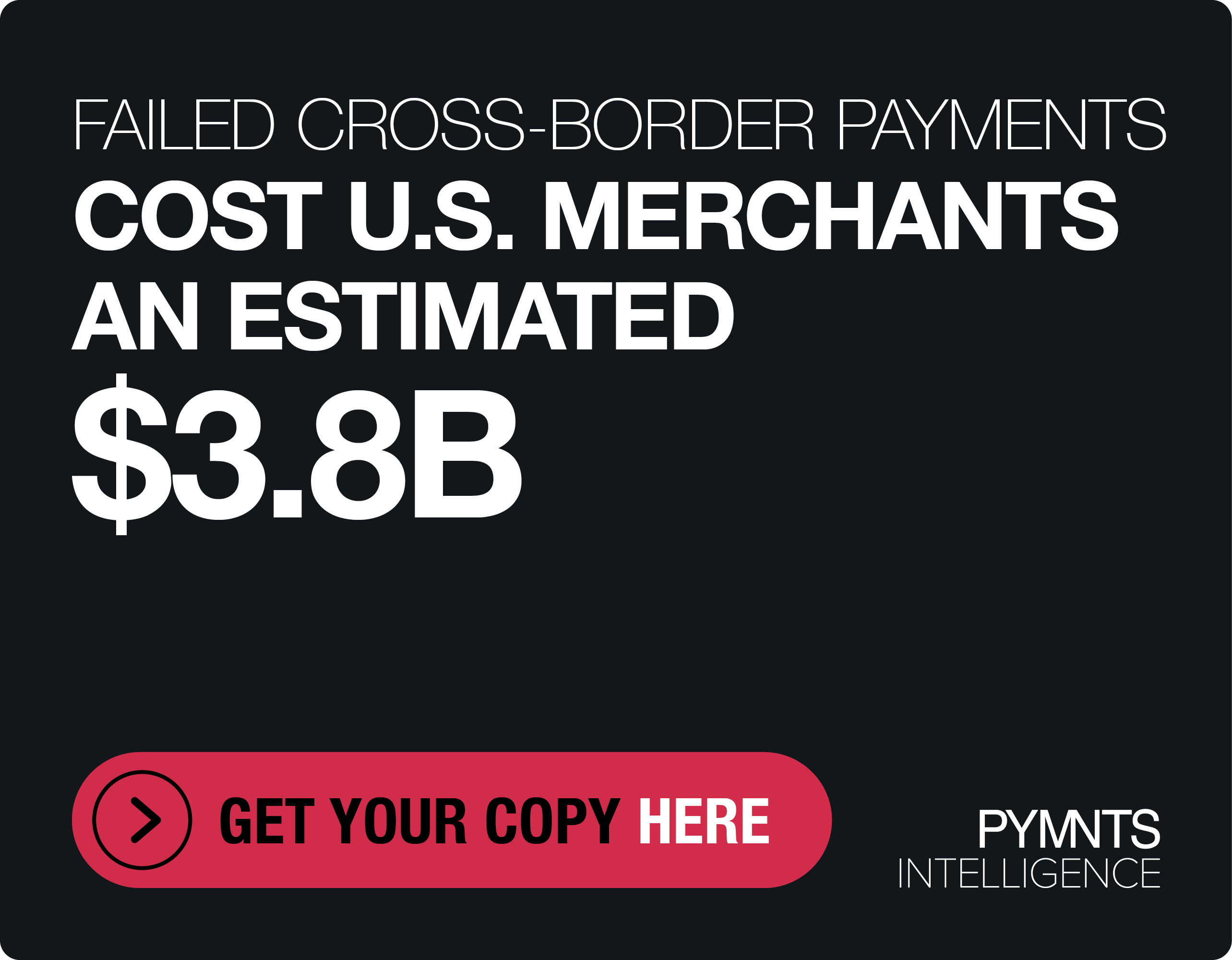Validating Credit Scoring

Credit model testing, and alternatives to traditional scoring models, can expand a lender’s universe significantly. Here’s how VantageScore says its latest model validation stacks up in tandem with the “Big Three” credit reporting agencies.
A model is only as useful as the data that goes into it – and the testing that goes on after the results are tallied.
In its “VantageScore 3.0 Annual Validation Results” for 2015, VantageScore Solutions noted that model validation has become an increasingly important part of the consumer credit landscape, with impetus from the Office of the Comptroller of the Currency’s 2011 guidance, which advises model users to implement testing and validation processes.
VantageScore, in its own validation testing on its 3.0 model, said that the model had been validated based on 4.5 million anonymous consumer credit files taken from the databases at each of the national credit reporting companies, Equifax, Experian and TransUnion. The files and their histories dated from 2012 to 2014.

Percentage lift in Gini for VantageScore 3.0 over CRC models
According to VantageScore, its model showed “material performance lift” across three main criteria.
First was score predictive performance, wherein the validation showed double digit increases in the Gini coefficient, defined as a distribution of defaulting credit customers with the distribution of non-defaulting customers across a given credit score range. The parameters here extended across mortgage origination and account management for a credit score range of 600 to 850 and also for a “subprime tier” of 300-599 – and that was better than the benchmark models.
The second criteria was universe expansion – and VantageScore said that it had been able to score more than 36 million additional consumers using its own model than had been seen with the more “conventional” models, and the data showed that the Gini coefficient (as applied to VantageScore 3.0) was able to show a high degree of accuracy.

Percentage lift in Gini for VantageScore 3.0 compared with CRC models
And, as the white paper went on to explain, four new groups of consumers found their way into the VantageScore universe, among them new entrants (with credit activity that occurred in six months or less); infrequent users (no credit use in the last six months but activity that did occur in the past 24 months); rare credit users (no credit use in the past 24 months) and people with only public record and collections activity, and with no history of credit use.
Finally in terms of score consistency, the VantageScore validation tests showed that more than 90 percent of 1 million consumers sampled with credit files across the trio of reporting companies had scores within 40 points of the traditional credit scoring platforms.

Consumers’ scores within point range
Discussing the overall design and vagaries of the traditional credit model, VantageScore said that ideally there would be a “cutoff” score and all lending agencies would look to include for consideration consumers above that point – yet different models may have different designs, which translate into different scores and risk assessments. One unintended consequence would be the exclusion of creditworthy borrowers coupled with an increase in potential risk.
By way of example, VantageScore calculated that with a hypothetical lending score cutoff of 680, 134 million Americans place above that threshold at one credit bureau; when the second and third reporting companies are introduced and scored with VantageScore 3.0, 129 million Americans come in above 680. The 5 million who “fall out” from the original group do so because of variant data in the credit reports themselves. But, when non-identical models are used across all bureaus, 16 million consumers “drop” and the pool shrinks to 118 million. However, by standardizing models across all three reporting companies, and VantageScore 3.0, the lending universe stands at 129 million, indicating an expanded lending pool with relatively less risk.

Consumers’ scores at or above 680 by credit bureau
Finally, VantageScore said that default rates, as segmented by different “bands” of credit scores, have stabilized off of post-recession lows, and now look to be nearing pre-recession default rates. For example, a credit score of 620 had a default rate of about 6.9 percent in 2009, 3.2 percent in 2005 and 3.4 percent in 2014. As a result, VantageScore cautioned, cutoffs that were established during the dark days of the recession should be re-evaluated, as nowadays they may prove too stringent.
To download the white paper, click here.
